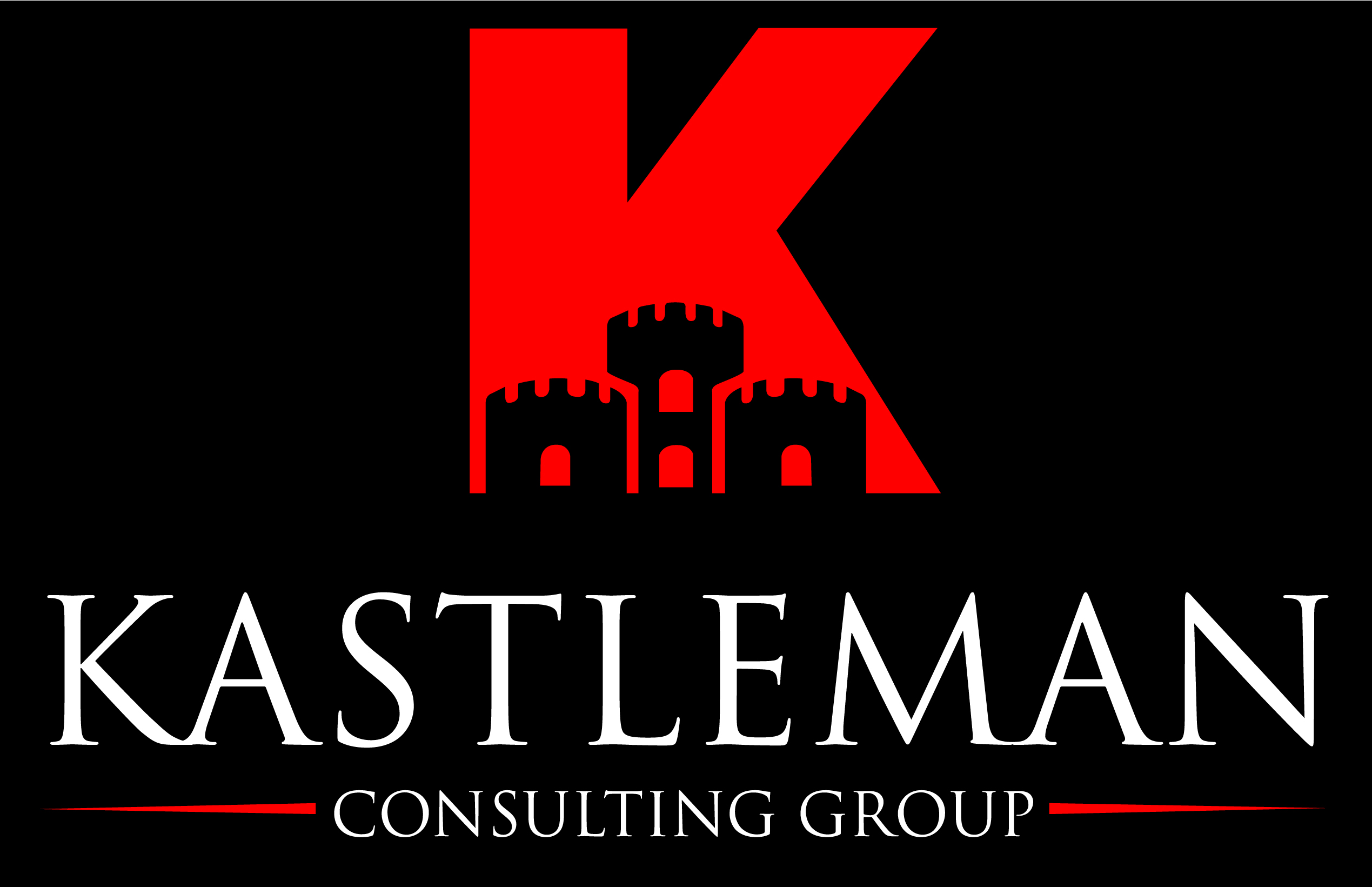WHAT DOES IT MEAN TO “TOKENIZE” A HARD ASSET?
Trading hard assets like real estate and other tangible valuables presents some difficulty as there
is always so much paperwork involved. Also, such properties have very high prices, and buyers
and investors are usually not ready for such big purchases.
Hard Asset Tokenization is an emerging trend that eliminates the hassles of dealing with hard
assets. When you tokenize a hard asset, ownership rights of the asset will be represented by
digital tokens, such that these tokens can be bought, sold, and transferred just like
cryptocurrencies. The technology enables fractional ownership of hard assets, i.e., investors can
each hold a piece of an asset, say an artwork, something that cannot traditionally be owned in
bits.
In a nutshell, tokenization is a way to securitize Hard Assets.
To securitize an asset means to divide it into shares that you can sell to investors. Similarly, to
“tokenize” a hard asset is to divide it into shares, or “tokens,” with each token representing a
predefined share of the underlying asset. They are, therefore, often called “security tokens.”
These tokens are secured through blockchain technology’s immutability, and they’re trade-able
via crypto exchanges or Alternative Trading Systems (ATS).
HOW TO CREATE HARD ASSET TOKENS
When an asset owner decides to tokenize a hard asset, a Stellar-standard (TOKEN) Hard Asset
token (also called a security token) is created to represent shares of the asset. The total value of
all tokens will be equivalent to the full value of the securitized asset. Let’s look at a simple
Example:
Suppose you want to tokenize a 10,000 sq. ft. school that’s worth $30M. A simple way to divide
the property into shares is to offer one share for every square foot. So you would divide the
property into 10,000 shares, each representing one square foot of the property and valued at
$3,000 per token. Alternatively, you could divide the property into square inches, in which case each token would be worth $20.80. You might choose this option to make your project accessible to a broader range of investors. Of course, you could also choose to limit the share offering to a certain percentage of the asset – say 20% – to retain majority ownership while raising funds for a new wing or renovations, for example.
The next step is to sell the tokens to investors.
THE SECURITY TOKEN OFFERING (STO) PROCESS
The initial sale of a security token is typically called a security token offering (STO). It’s also
sometimes called a tokenized security offering (TSO) or a tokenized asset offering (TAO).
But no matter what term you use, the result is the same.
Please note: An STO is not the same thing as an initial coin offering (ICO). ICOs offer investors a token, but this token doesn’t necessarily represent ownership in the underlying asset or company. In many cases, the tokens sold are called “utility tokens” because
they only value their platform. Buyers are, therefore, “investing” to support the project and with
the hope that, as the platform grows, the value of the tokens will increase. STOs are distinct from ICOs because the tokens sold (security tokens) represent ownership in a real asset. STO investors know the actual value of the underlying asset they’re buying and benefit from any future price appreciation in the asset.
Some asset owners choose to sell their tokens via a crowdfunding campaign. Another option is for asset owners to market and sell their tokens on their own. The best part about STOs is there’s no one way to do them. Asset owners are in complete control of how they want to market their STO.
LISTING TOKENS ON AN EXCHANGE
Once tokens are created and sold to investors, the investors would need to list their tokens on an exchange to trade them. There are not many listing options out there, but the list keeps growing.
Many of the most popular cryptocurrency exchanges are in the process of obtaining regulatory approval to list security tokens. Another option is to partner with an Alternative Trading System
(ATS): FINRA-registered institutions sometimes partner with tokenized security asset owners to
list security tokens and provide their investors with access to a liquid secondary market. We are
already in conversation with a couple of options. Keep in mind that a single token can be listed on multiple exchanges.
BENEFITS OF HARD ASSET TOKENIZATION TO INVESTORS AND BUSINESSES
• Tokenization removes the middle man, making it easier and cheaper for investors to
buy/sell hard assets and raise capital for owners/developers without any hassle or paperwork.
• Investors can trade tokens almost instantly and for a low fee (similar to stock market trades).
• Tokenization offers improved liquidity of tangible assets, enabling owners to raise capital by selling fractional pieces of their assets with a limited underwriting process that is focused on the value of the asset or the project.
• Tokenization allows small-scale investors to invest in highly valuable assets that they
usually wouldn’t dream of. For example, Real estate has historically delivered attractive returns, but it has high entry barriers because its assets are costly. But by dividing a $500,000 property into hundreds or thousands of tokens, small investors can get involved.
• Investors in tokenized hard assets get the best of both worlds: Hard Asset Investment (even with a minimal investment) and the stock market’s liquidity.
• Notably, tokens backed by hard assets carry far less risk than cryptocurrencies or ICOs,
which are highly volatile and speculative assets. Stabilization measures can be put in
place to ensure the security token value does not deviate far below the property’s
underlying net asset value (NAV).
• With blockchain security, your tokenized assets are 100% safe and secured.

